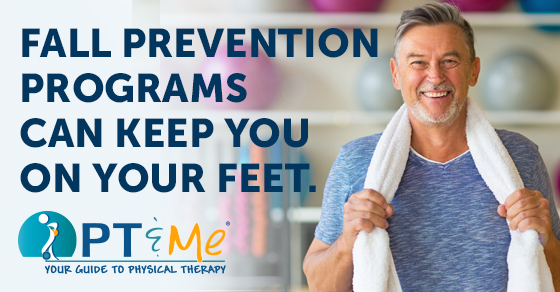
While falls can happen anywhere, more than half occur in the home. One in every three adults 65 and older fall AT HOME each year in the U.S. One of the easiest ways to help prevent a fall is to make sure that specific tripping hazards are addressed and removed. We’ve compiled a short list below to help you get started.
COMMON WARNING SIGNS FOR FALLING ARE:
- Feeling pain or stiffness when you walk
- Needing to walk slower or to hold on to things for support
- Feeling dizzy or unsteady when you get up from your bed or chair
- Feeling weak in your legs
- You take more than one medication
- You have problems seeing
- You have had at least one fall in the past year
RISKS TO CONSIDER WHEN FALL-PROOFING YOUR HOME:
Lighting
- Is the lighting adequate, especially at night?
- Are stairwells well-lit?
- Is there a working flashlight in case of power failure?
- Can lights easily be turned on even before entering
a dark room?
Surfaces
- Are there any wet surfaces that are frequently wet?
- Are steps and stairs in good repair and the
appropriate rise? - Do steps have handrails in good repair?
Trip Hazards
- Are there throw rugs in the walking path?
- Does the family pet often sleep in walking paths?
- Is the carpet in good repair without tears or fraying?
- Are there extension cords or raised door sills in the walking paths?
- Is there a clear path from the bed to the bathroom?
If you feel that you are at risk for falls, talk to your physical therapy provider. Most physical therapy clinics offer fall risk assessments that can help determine any areas of risk. By participating in a fall prevention program, you can reduce the likelihood of a fall and increase the ability to live independently. Fall prevention programs mainly focus on core strength, flexibility, and patient education.
For more information about balance and fall prevention click the links below:










